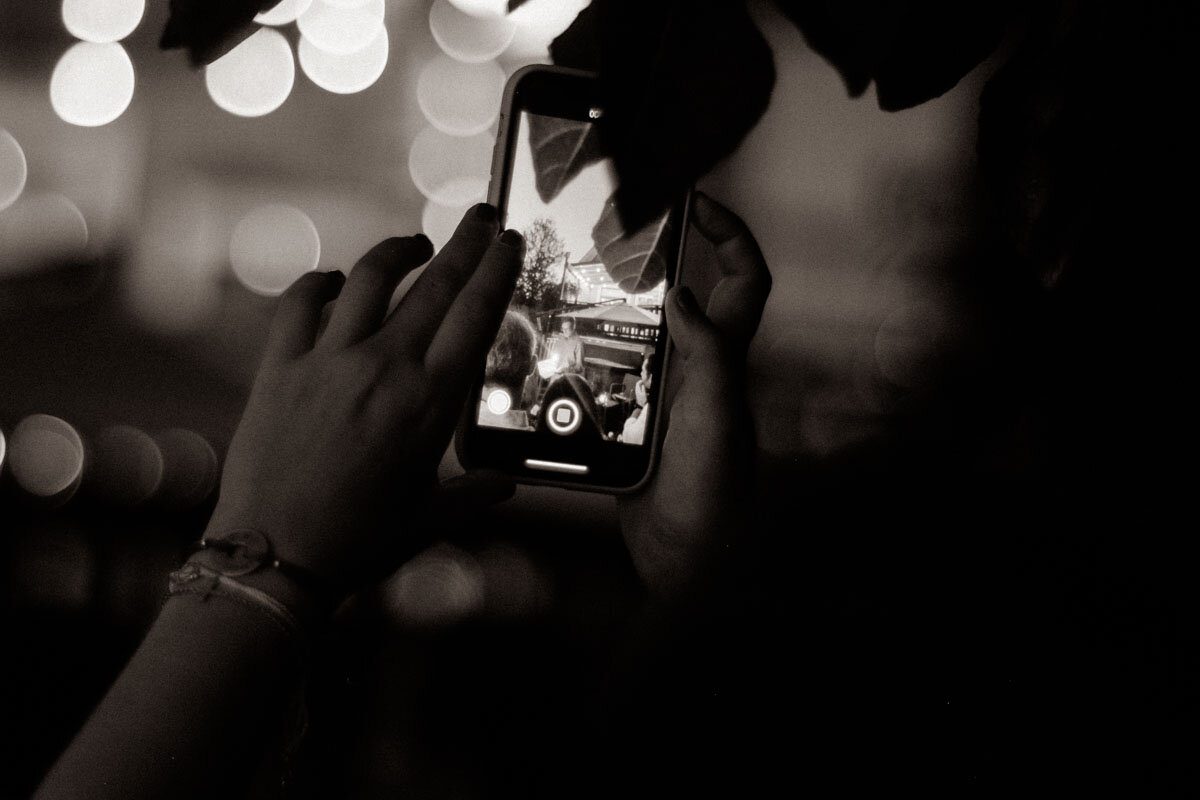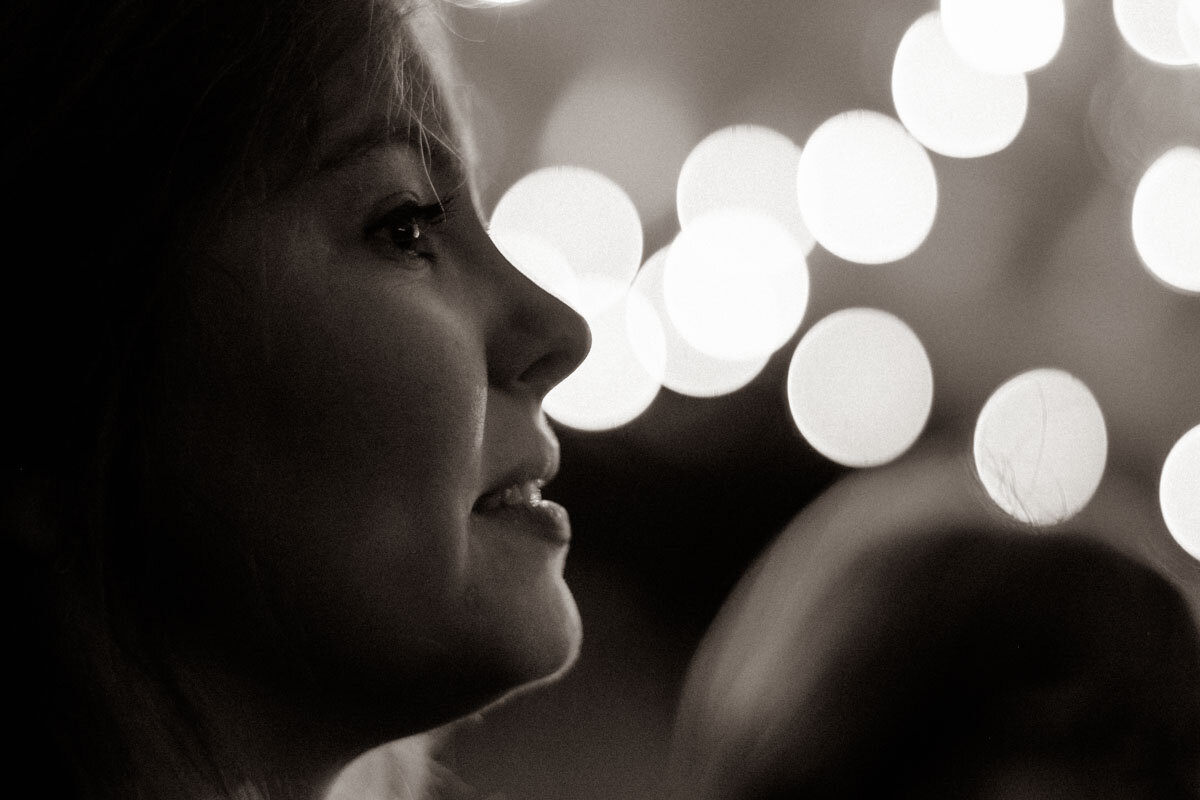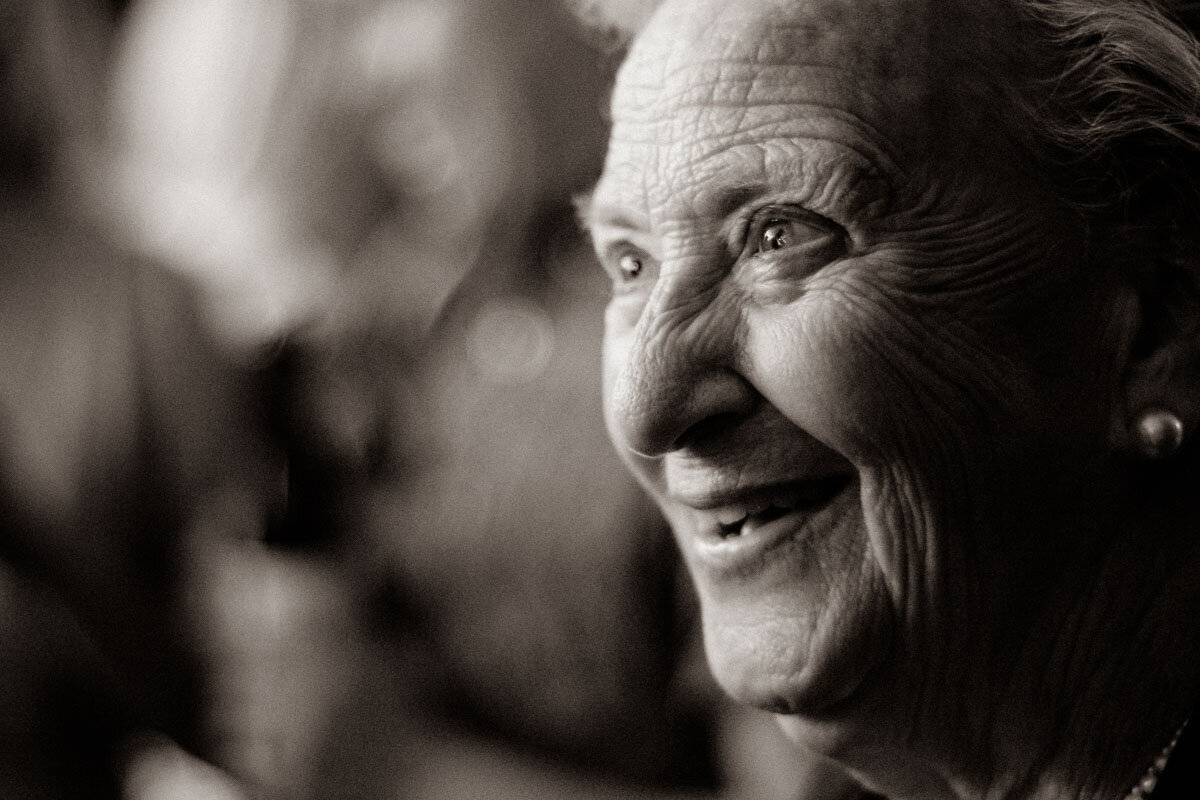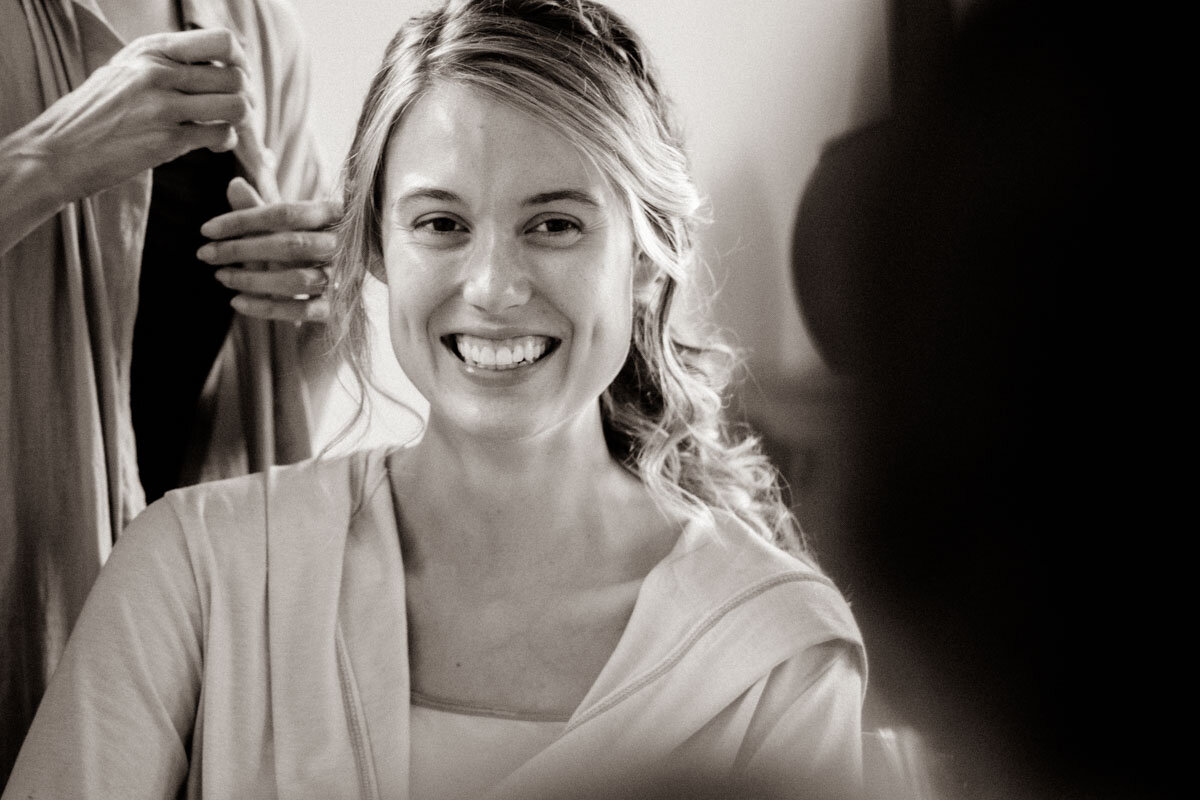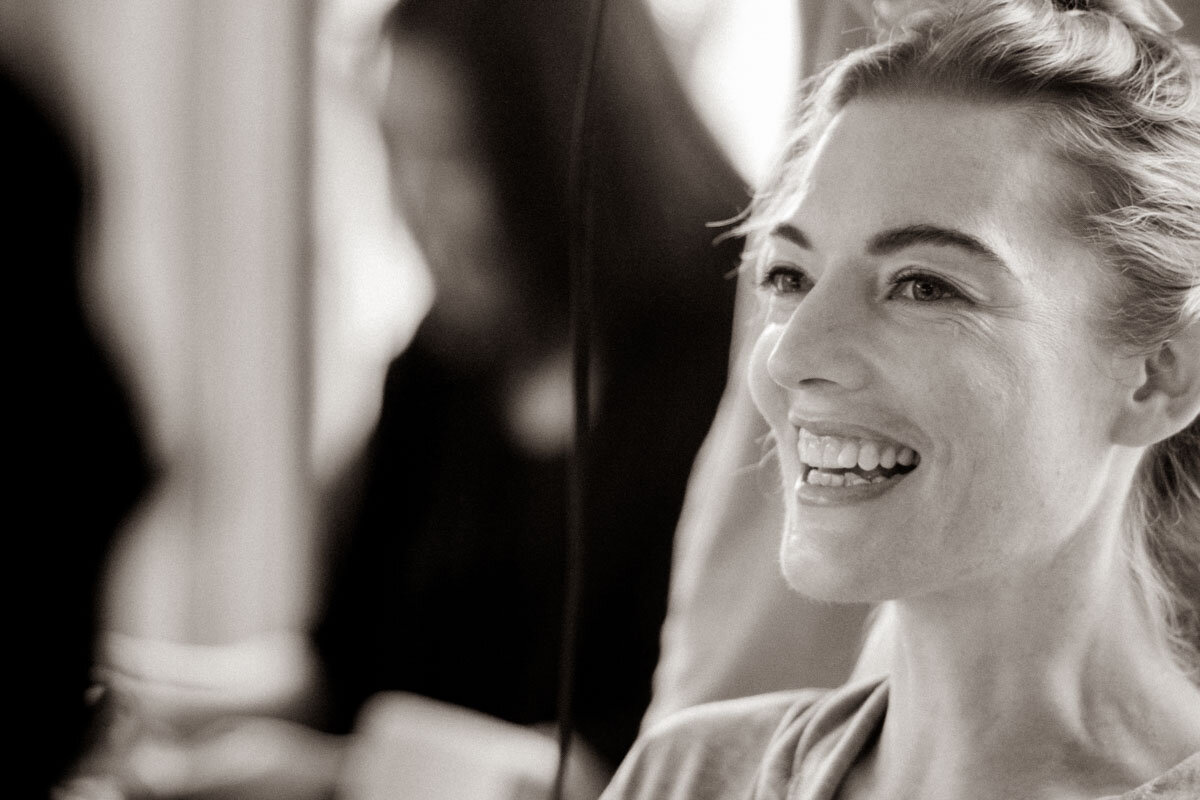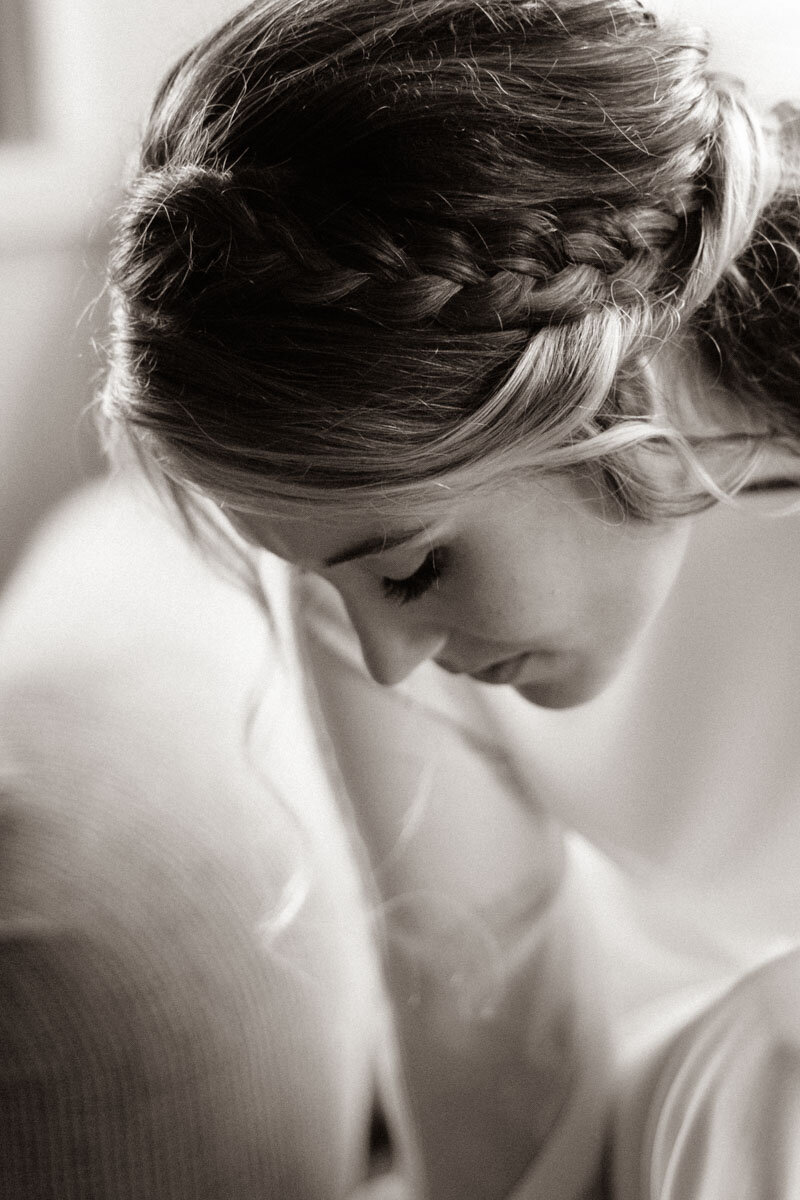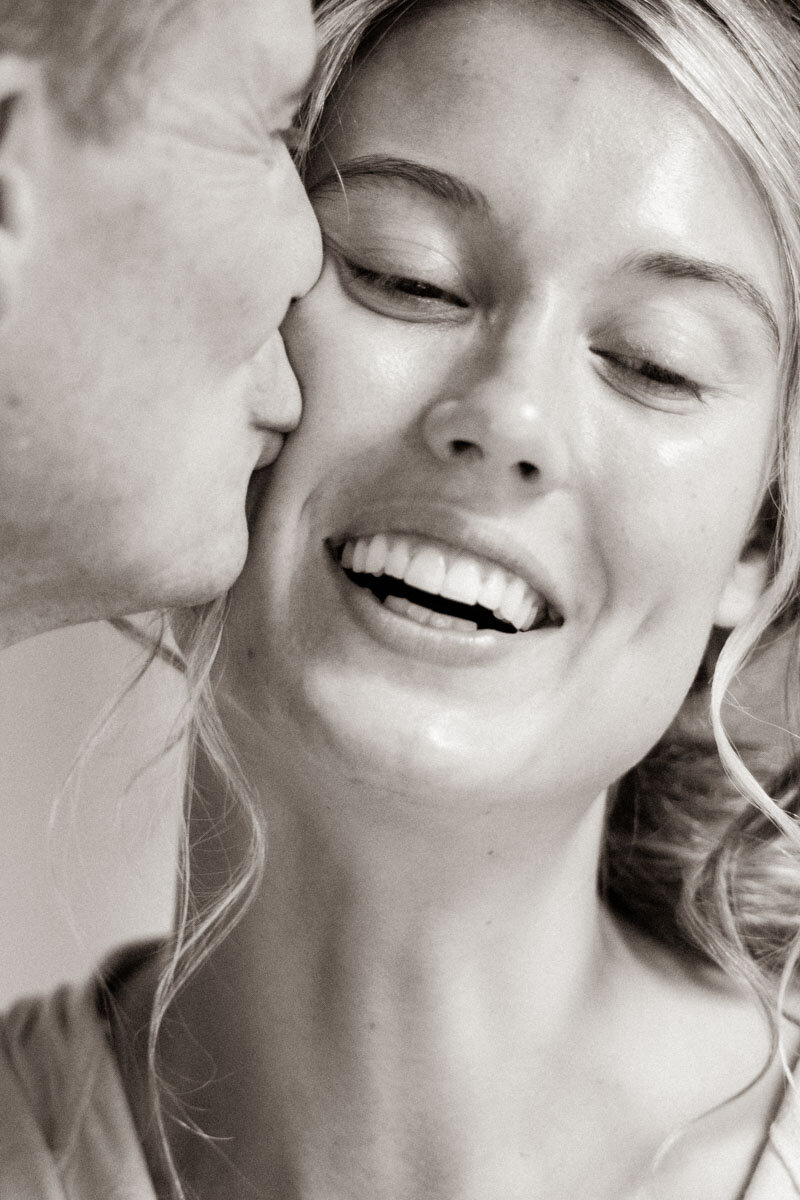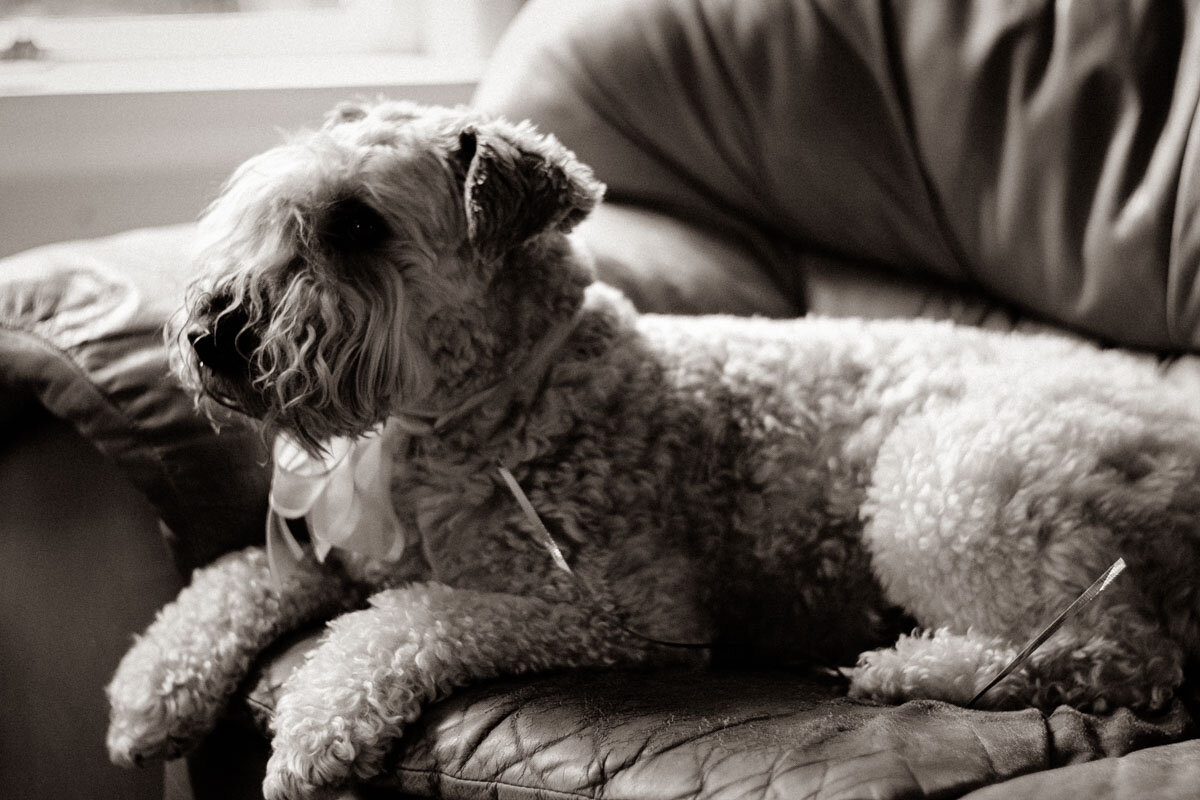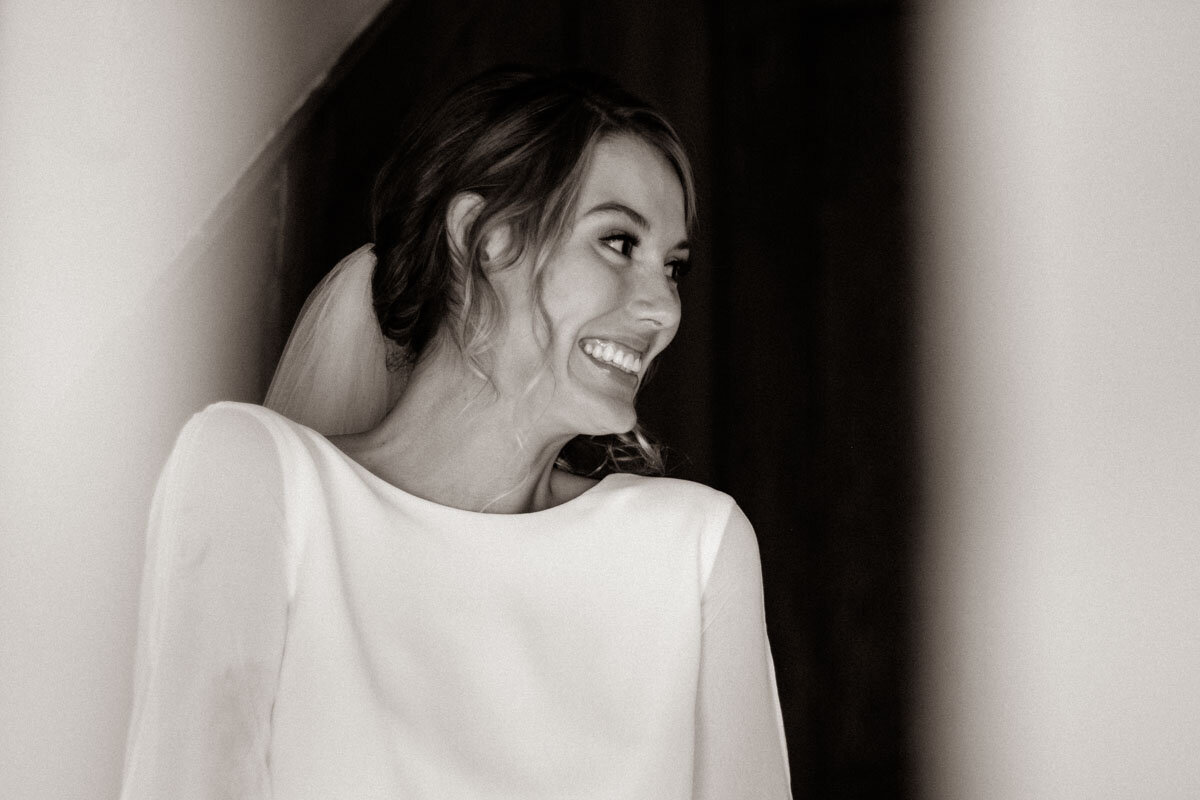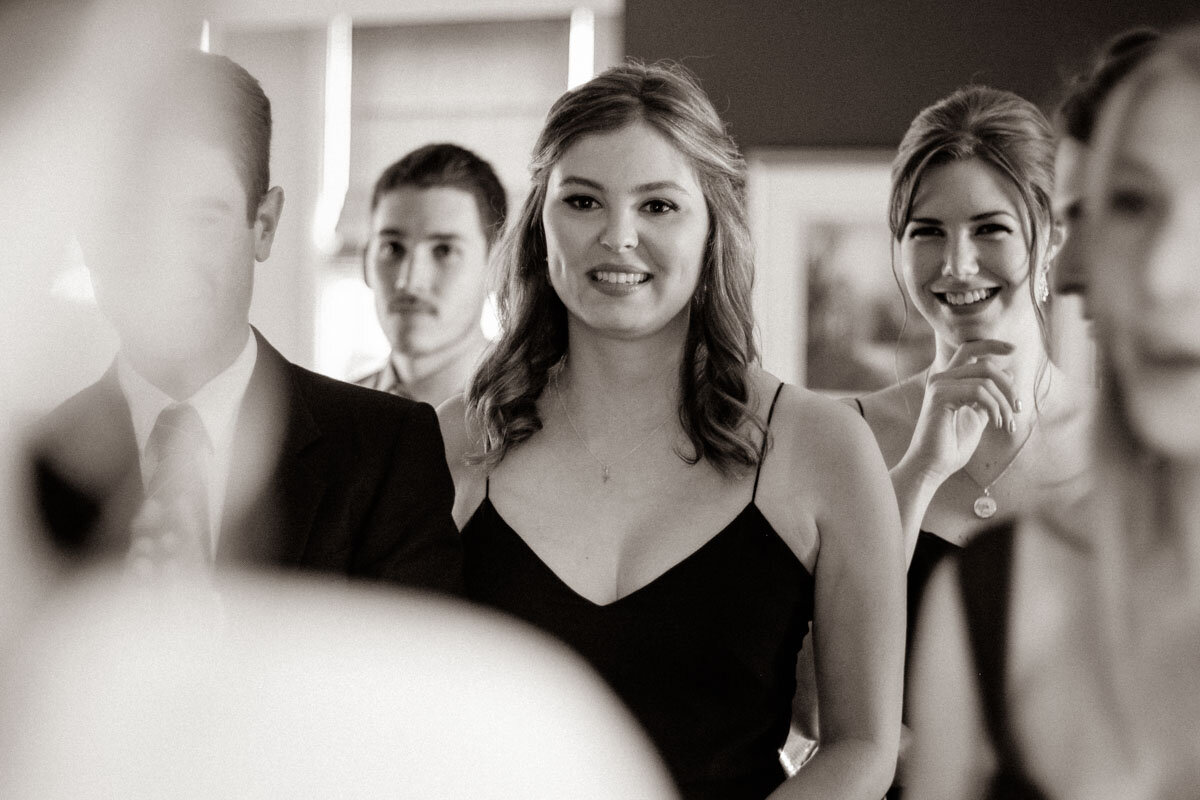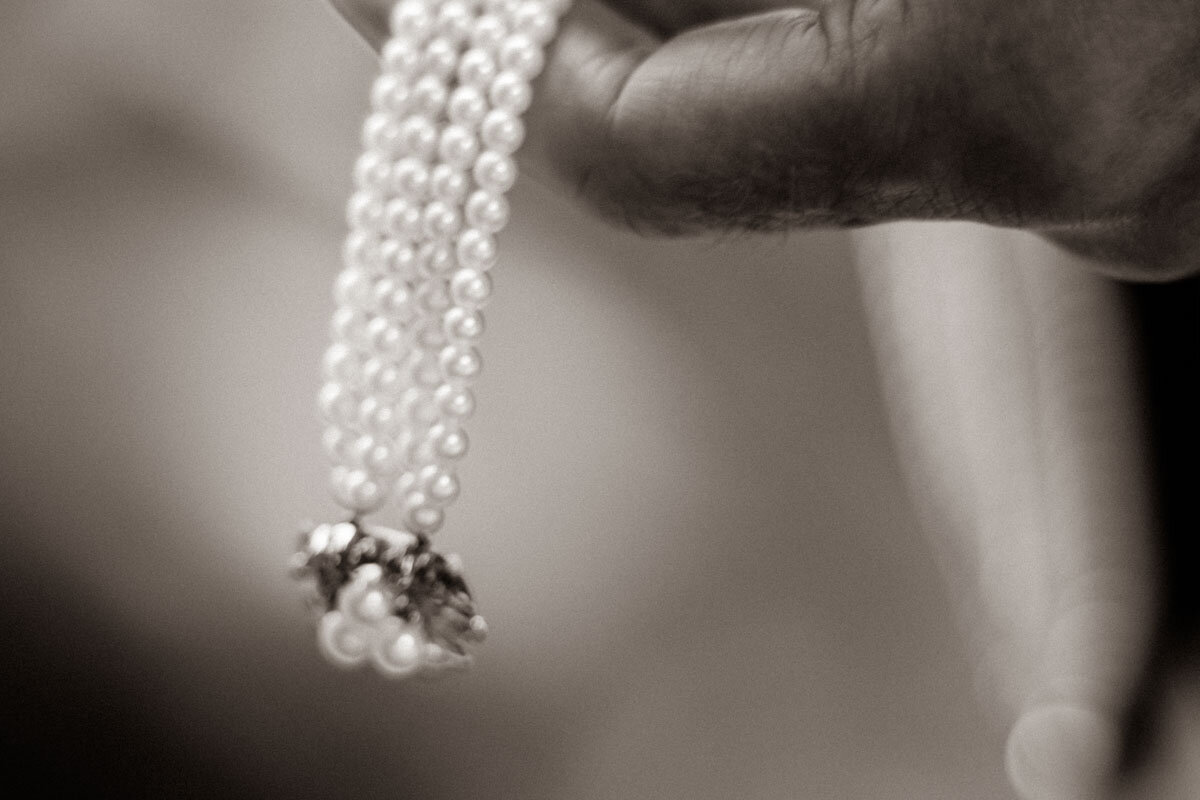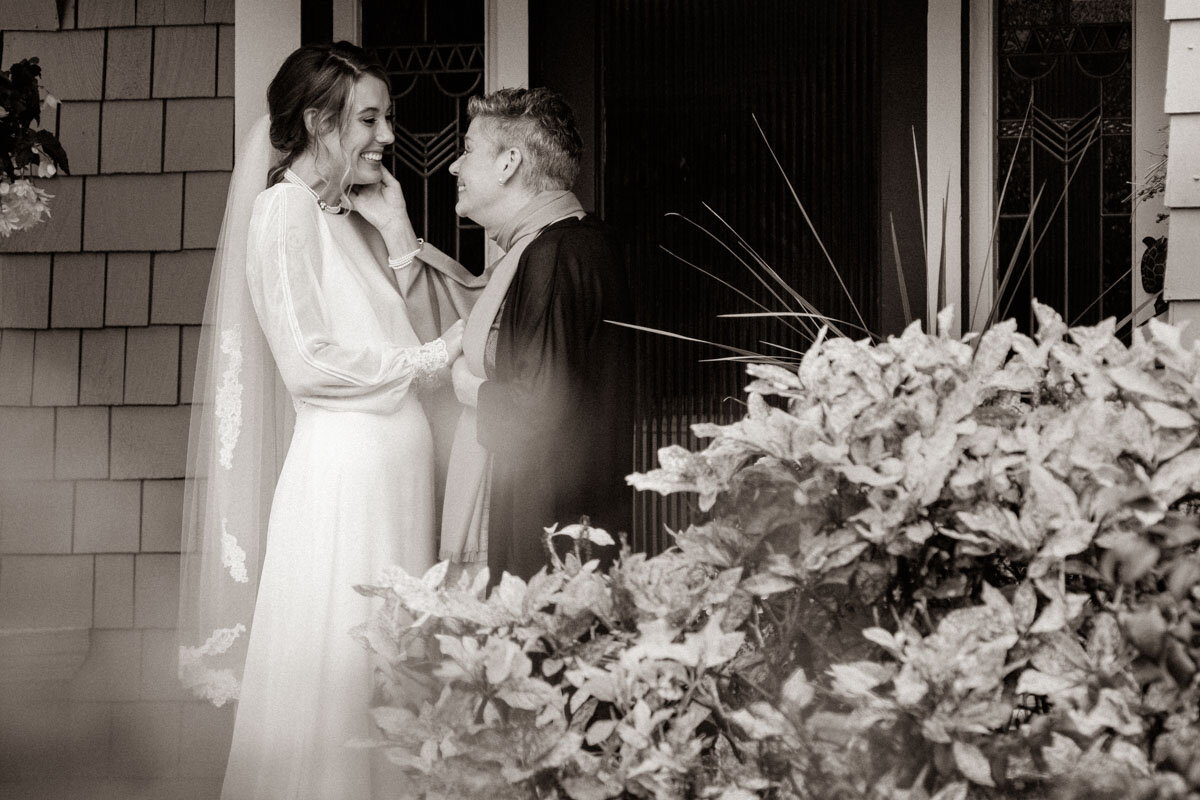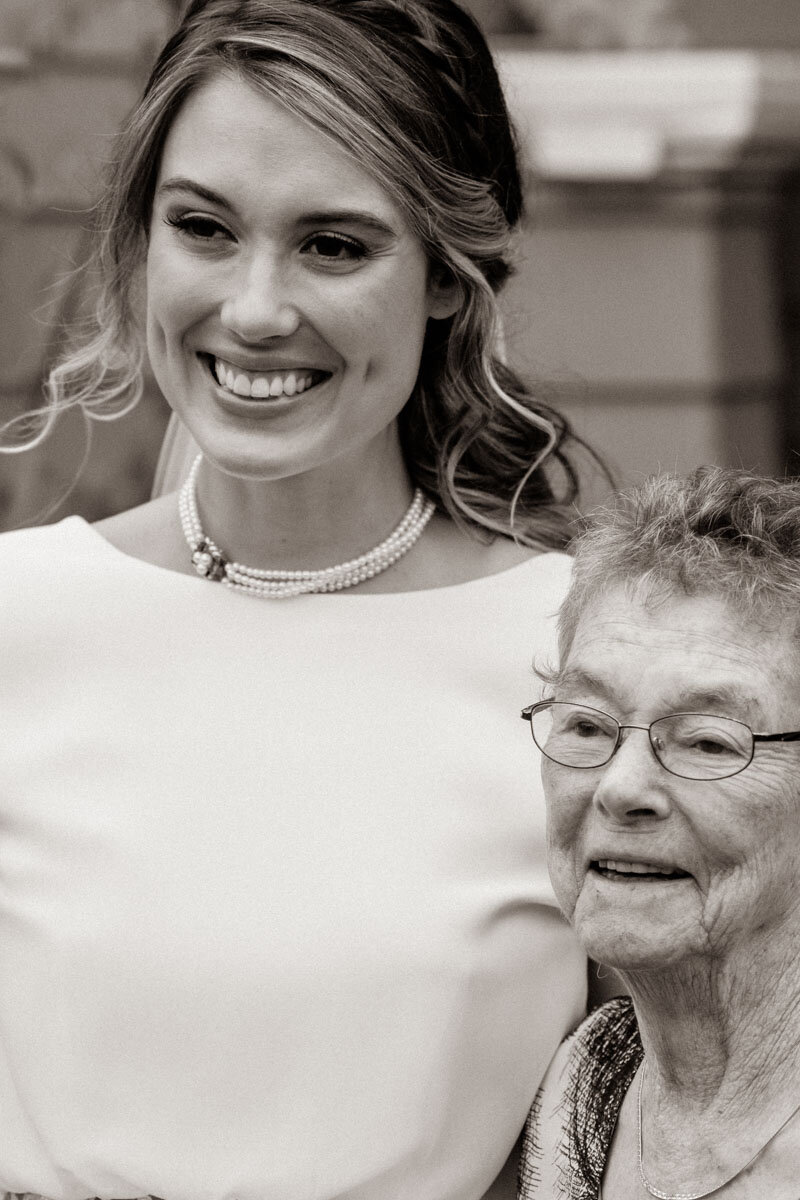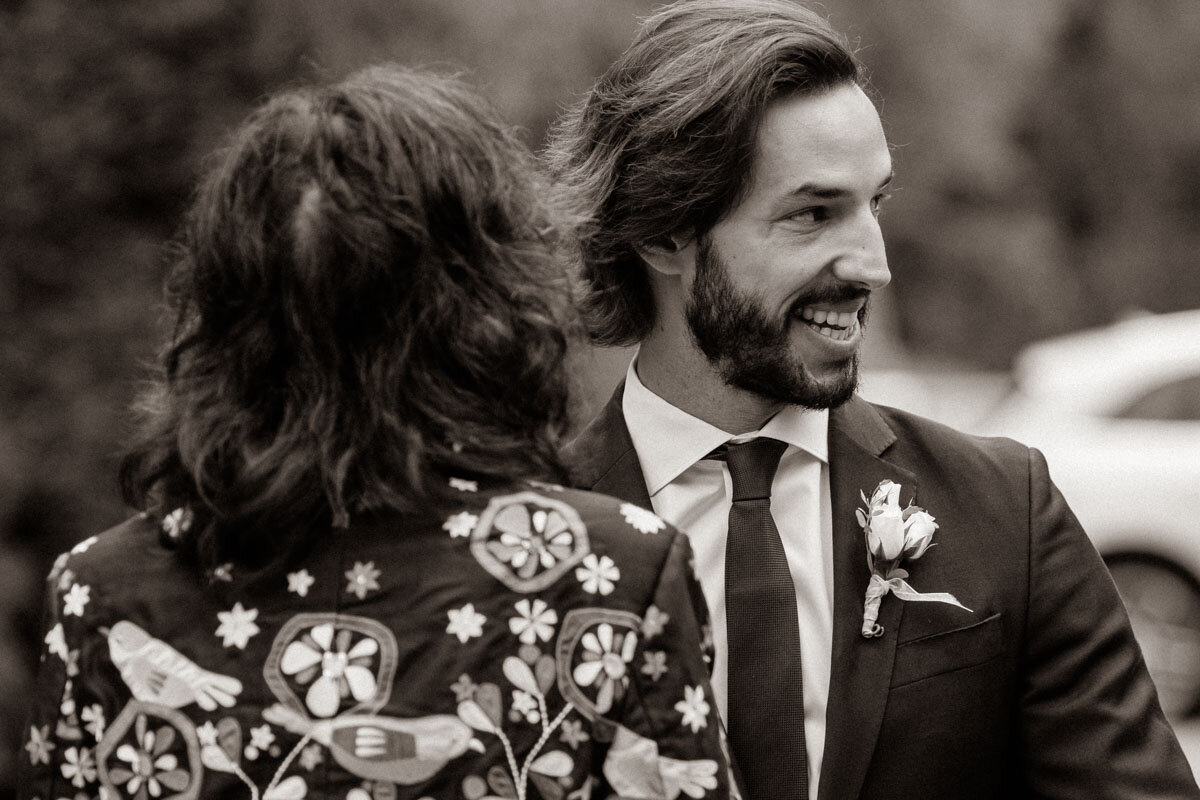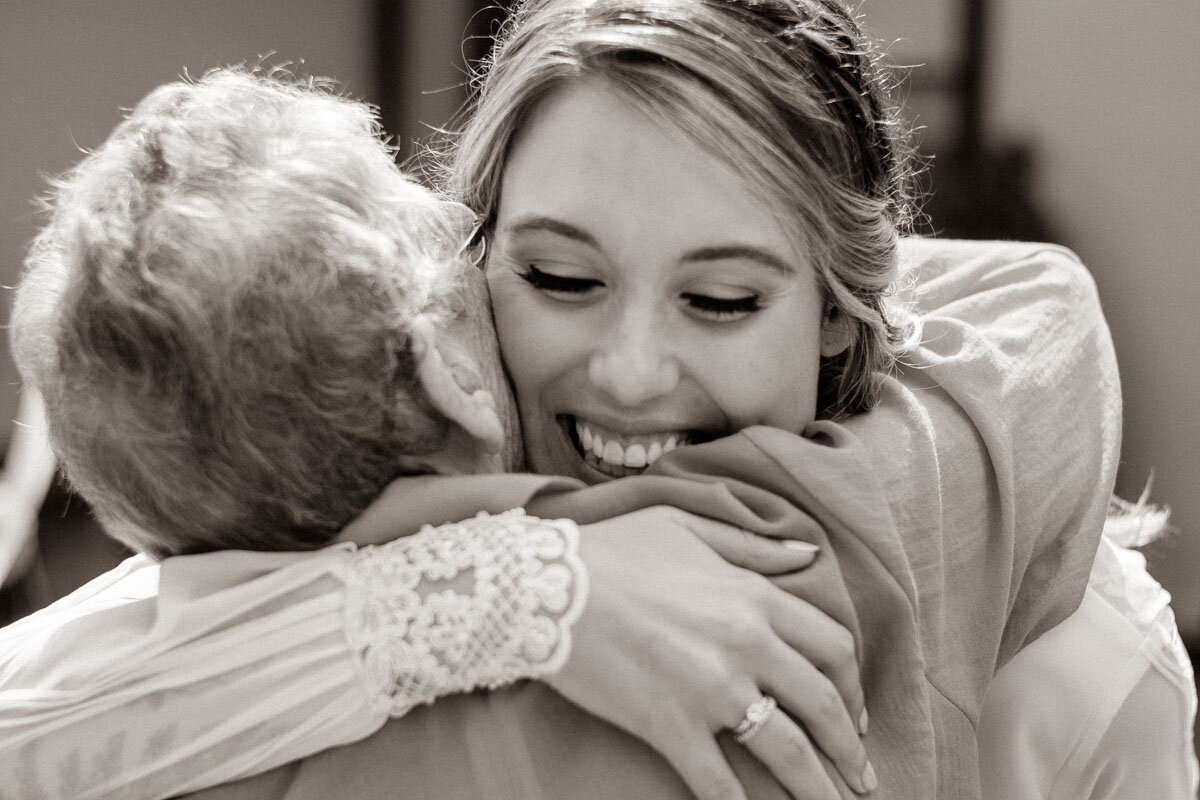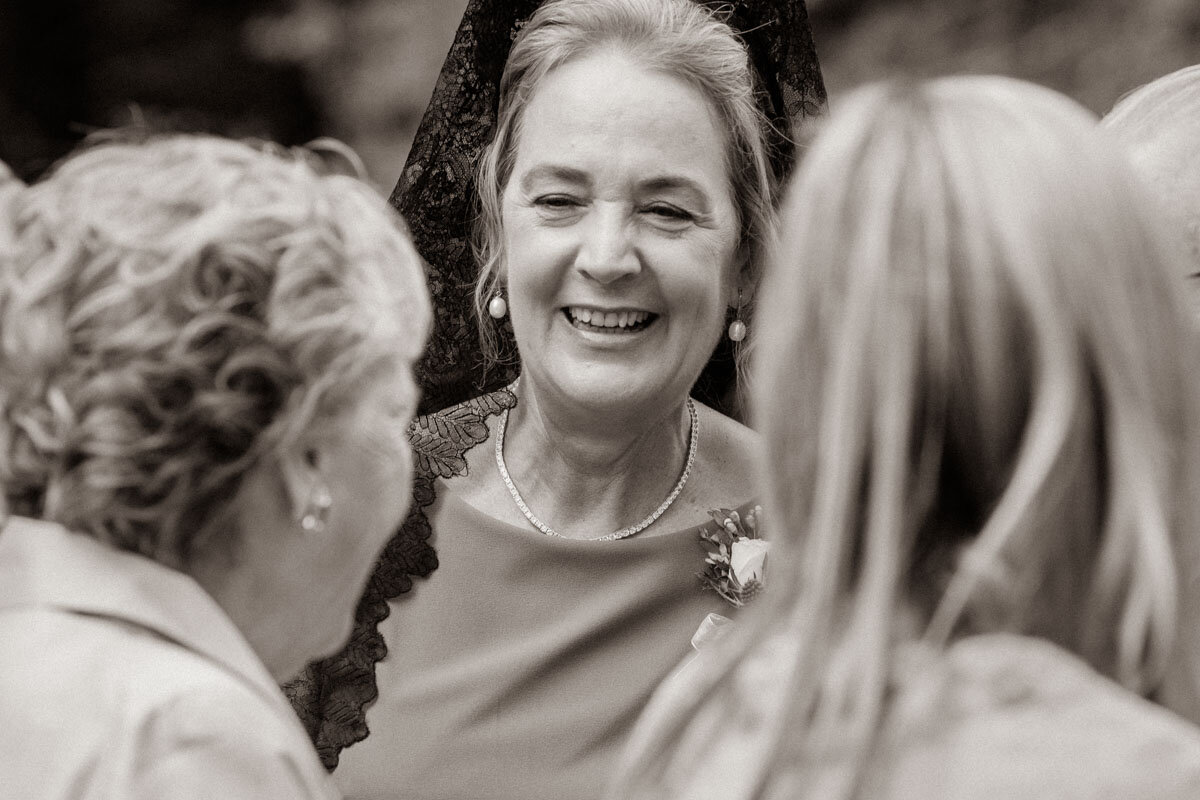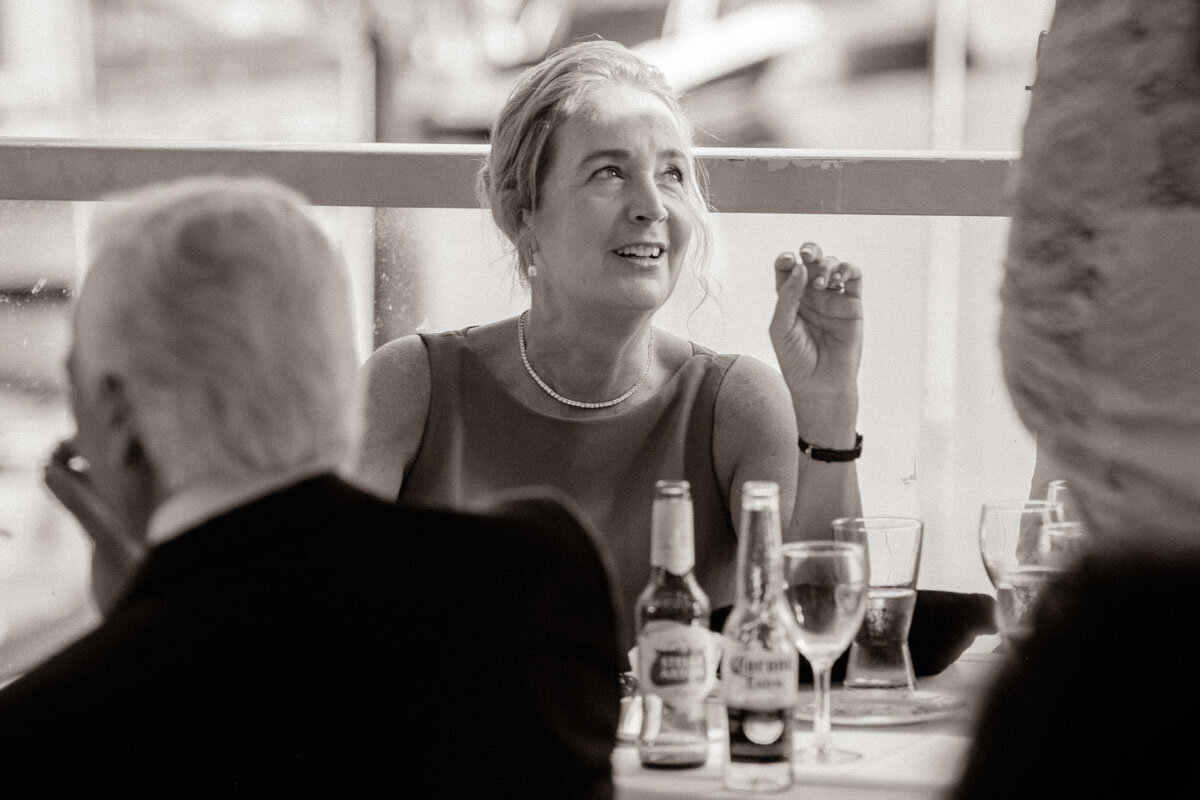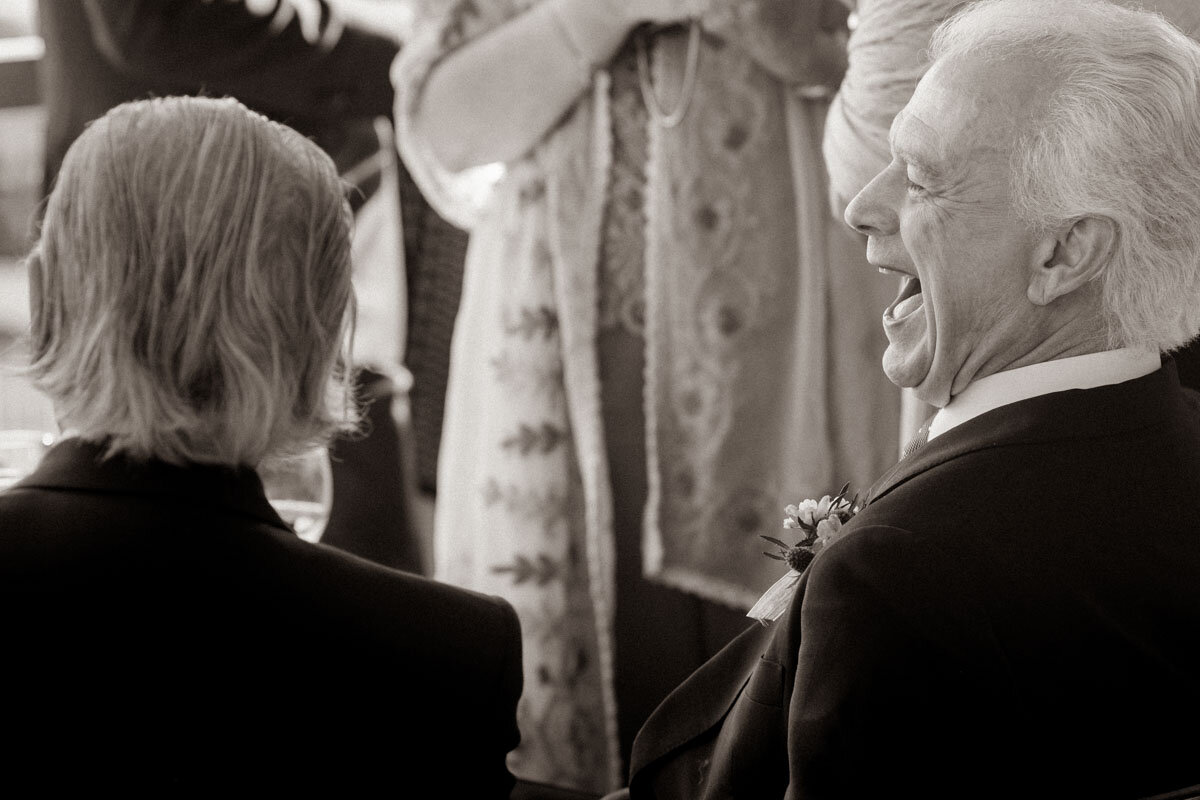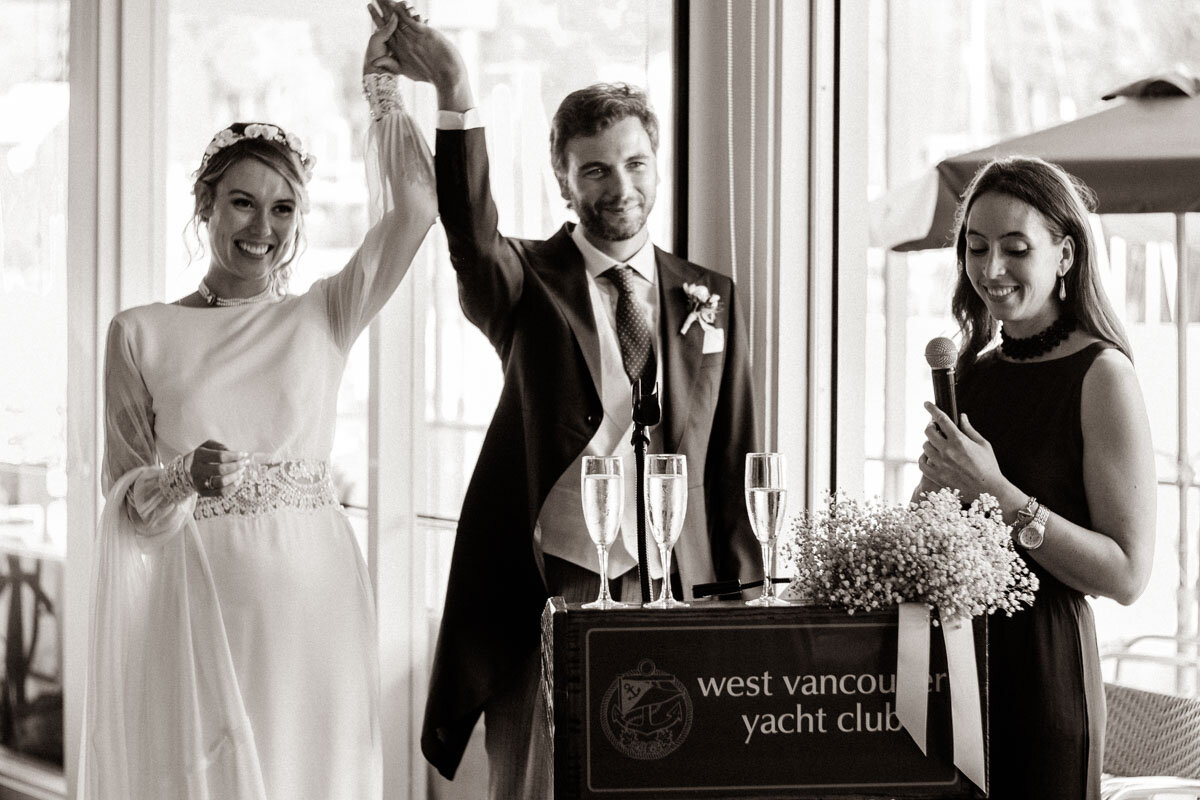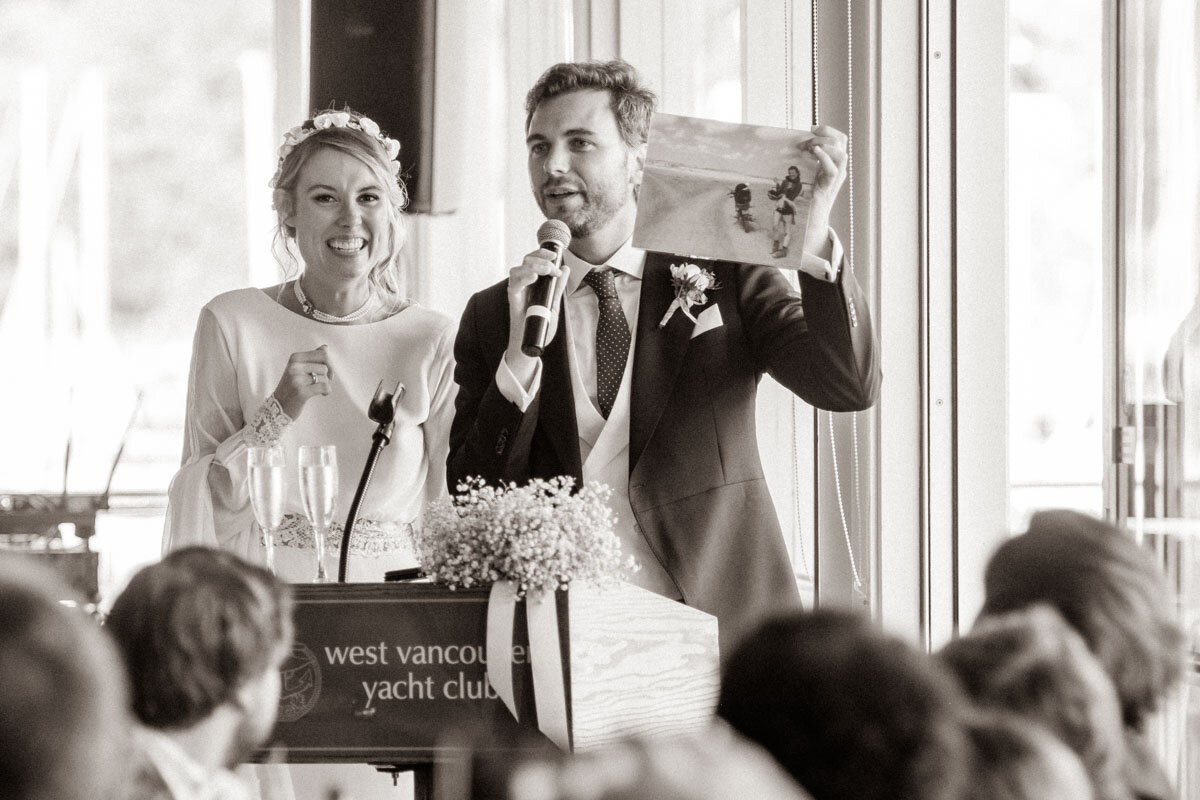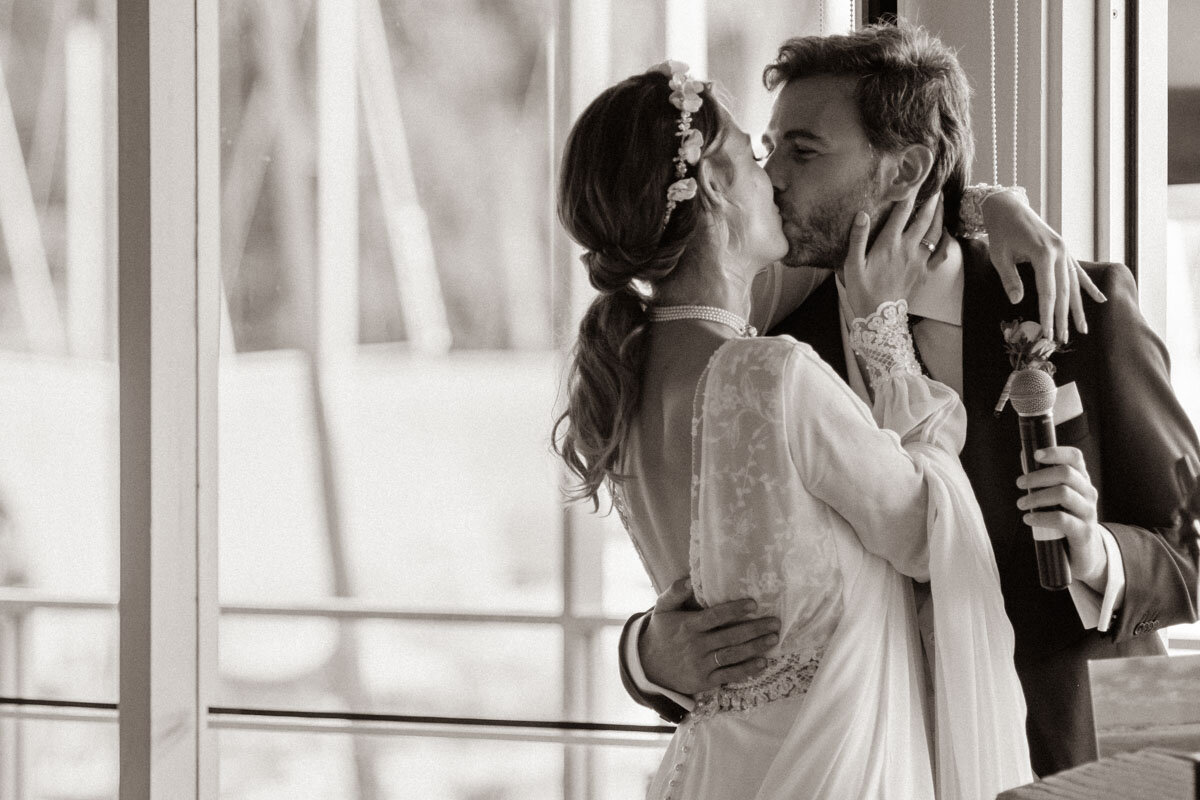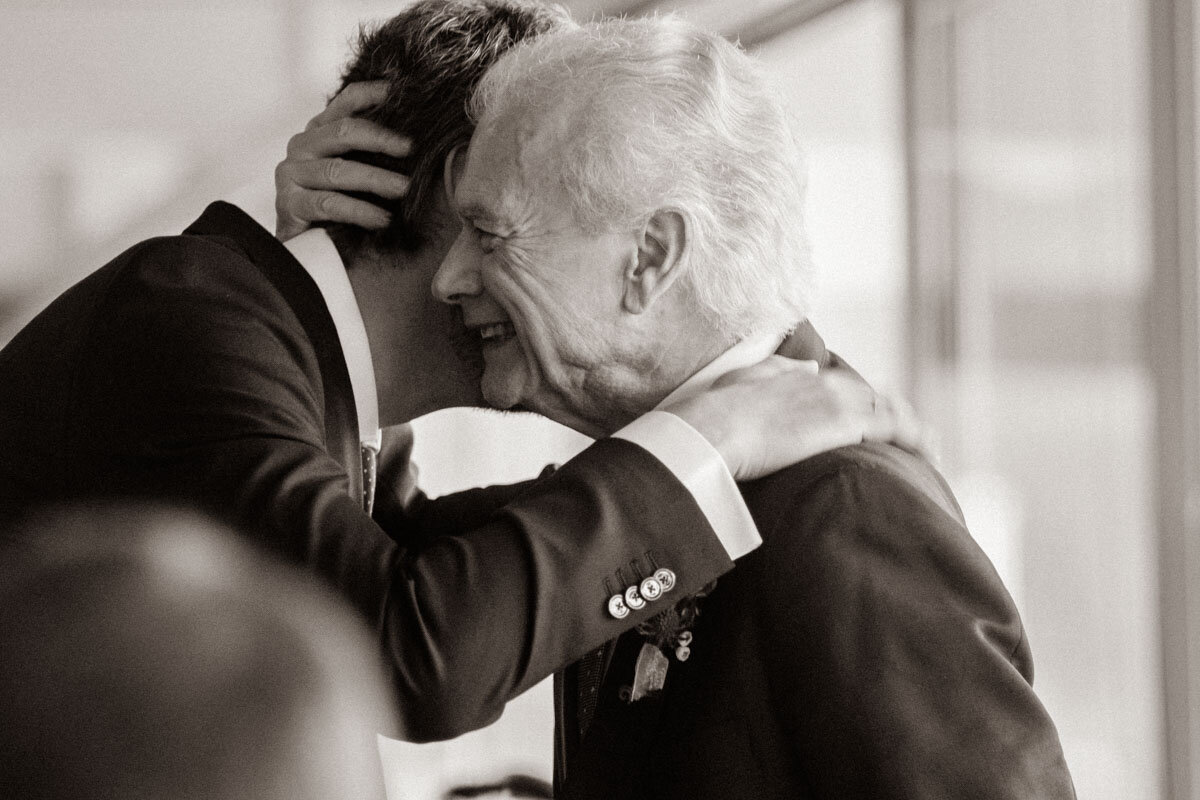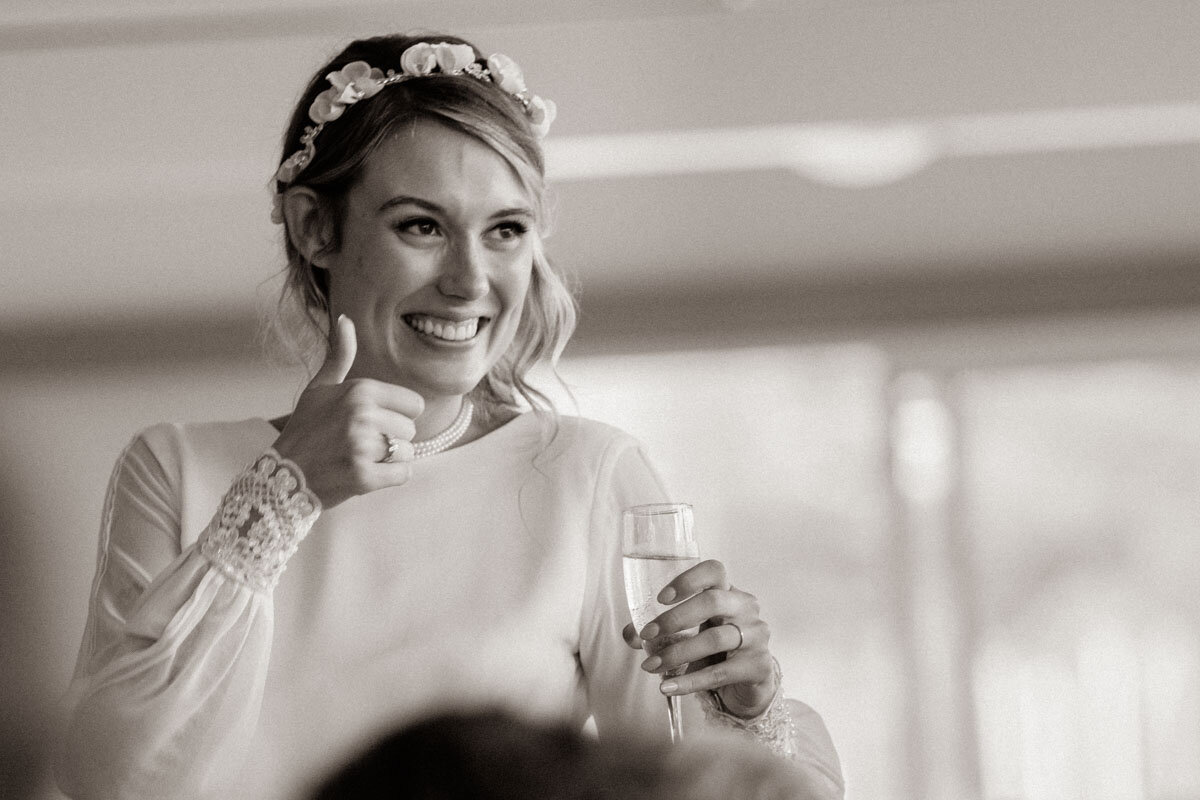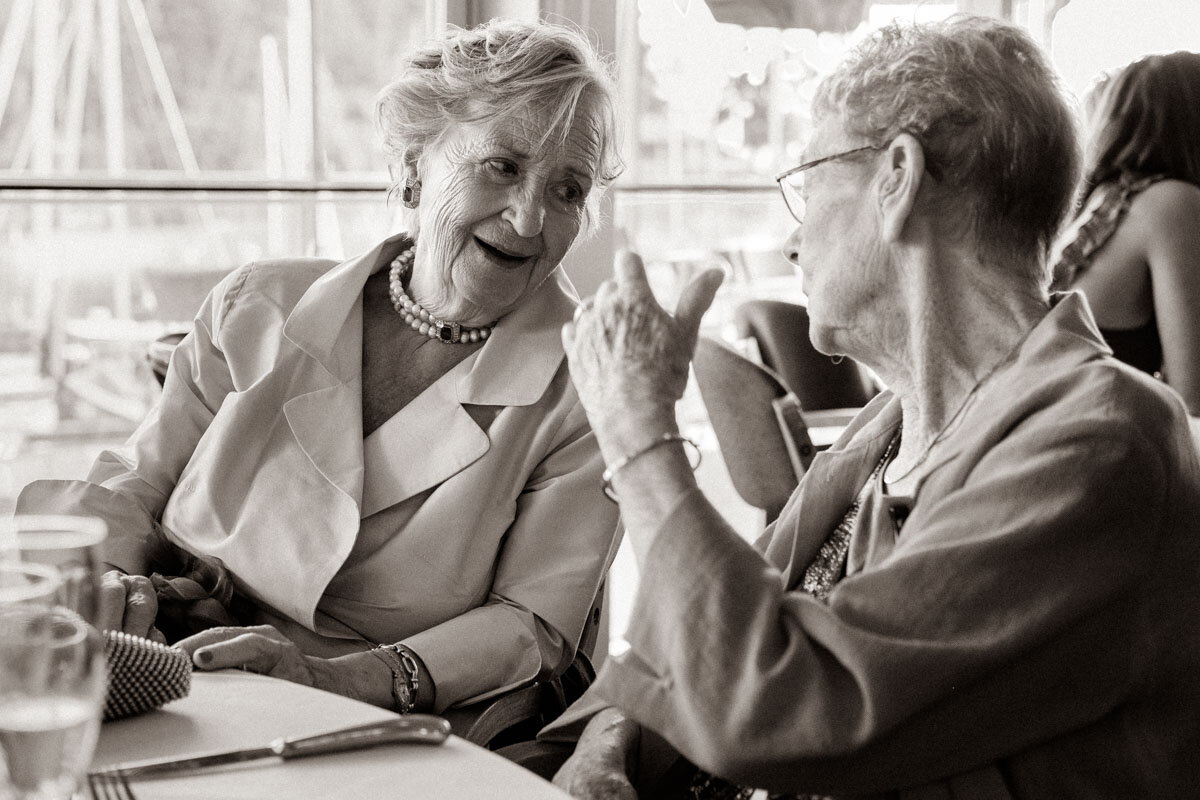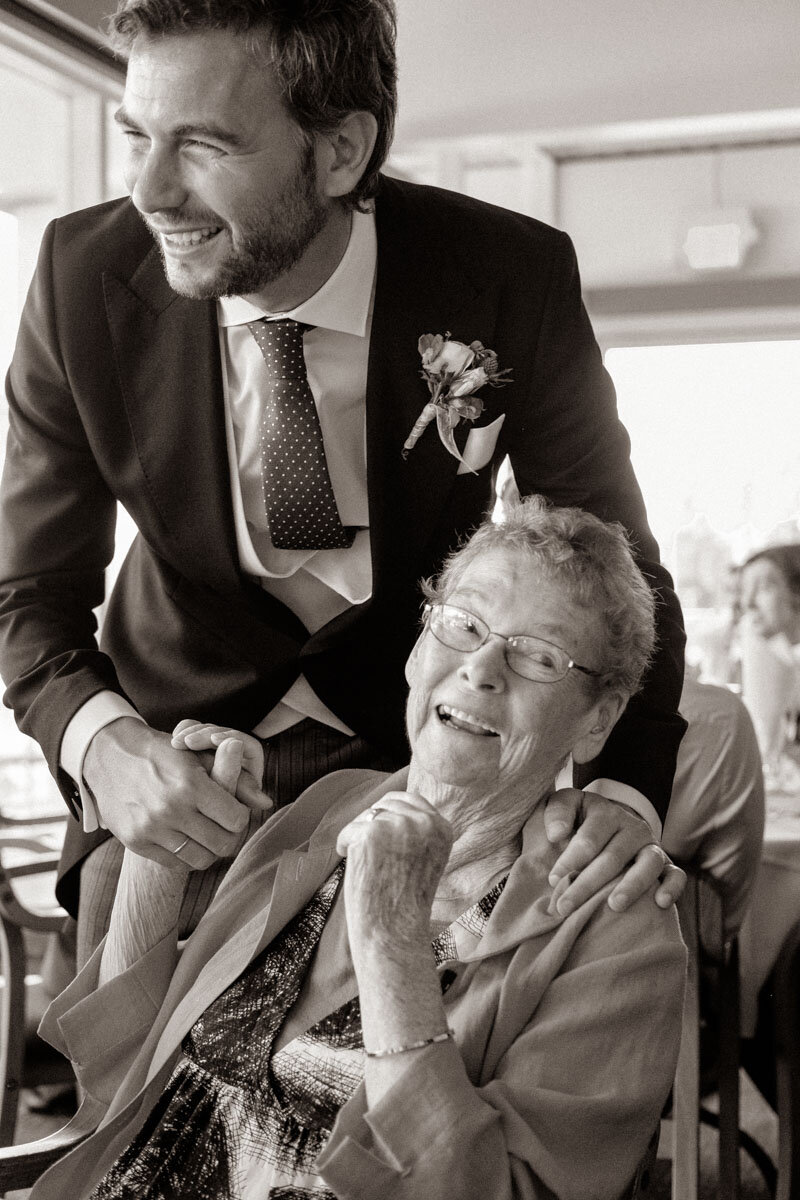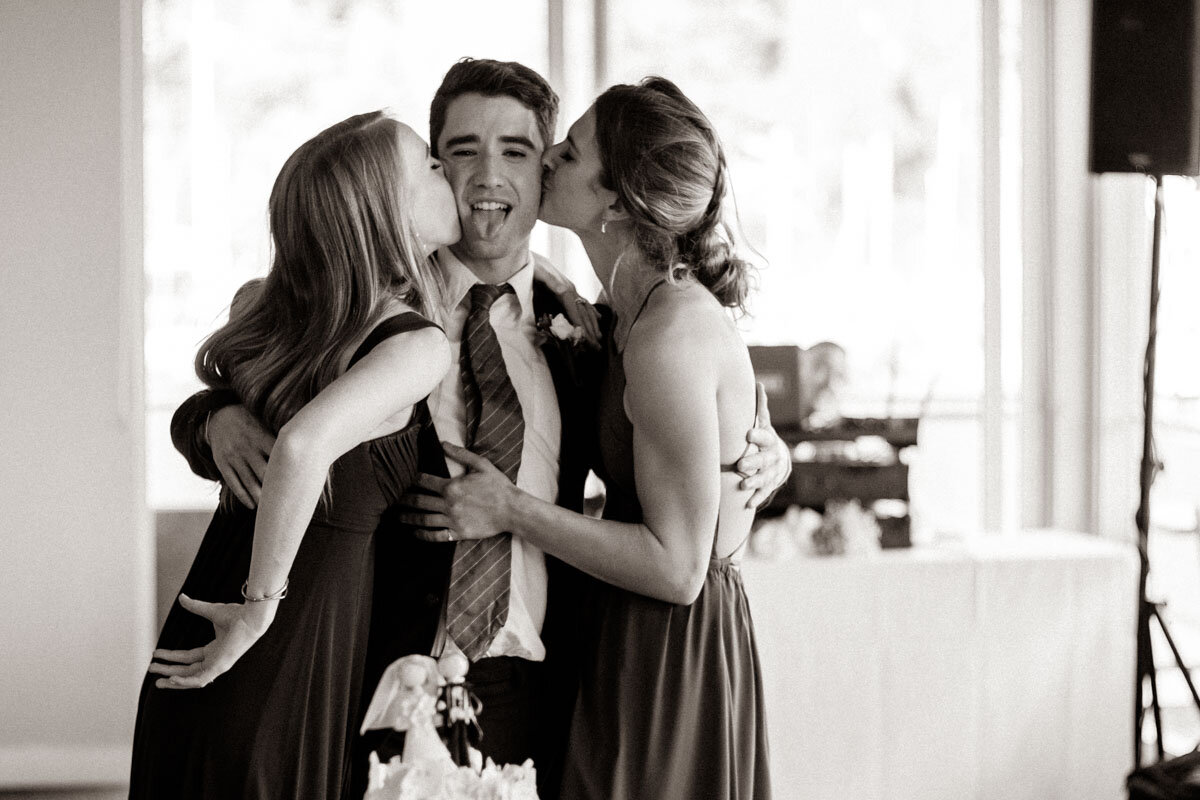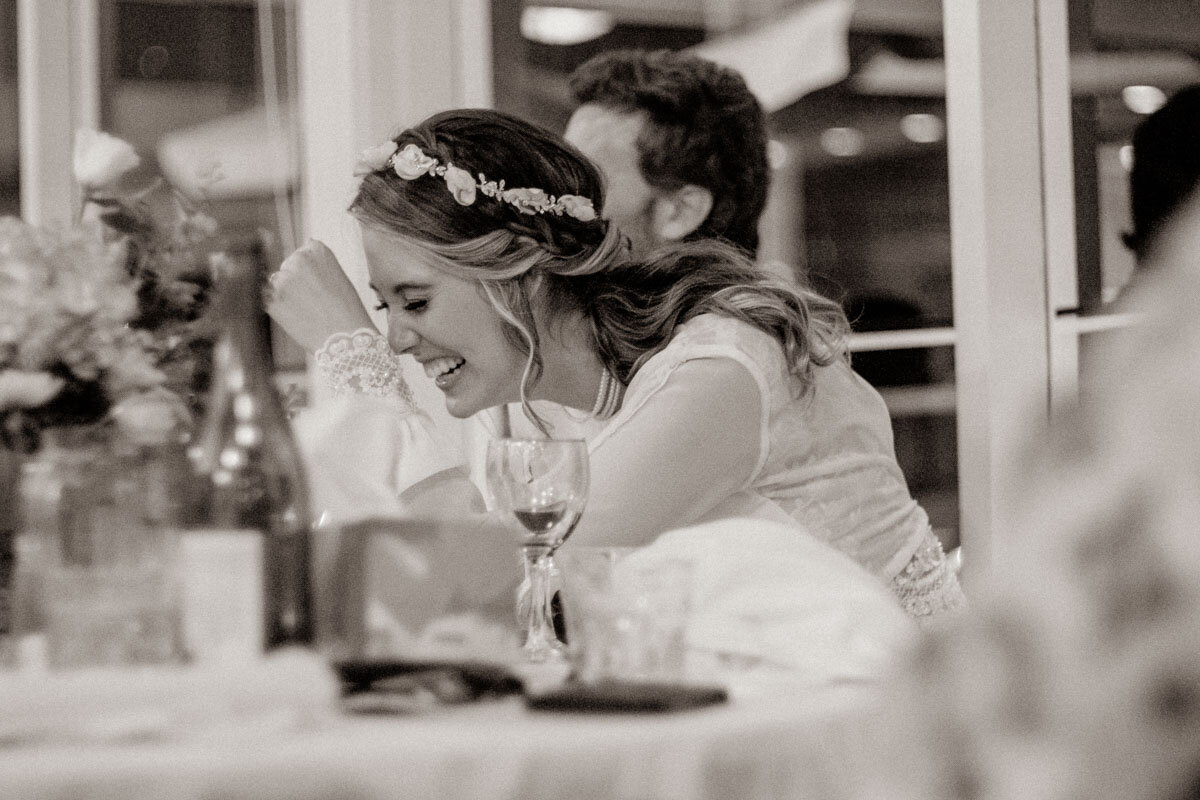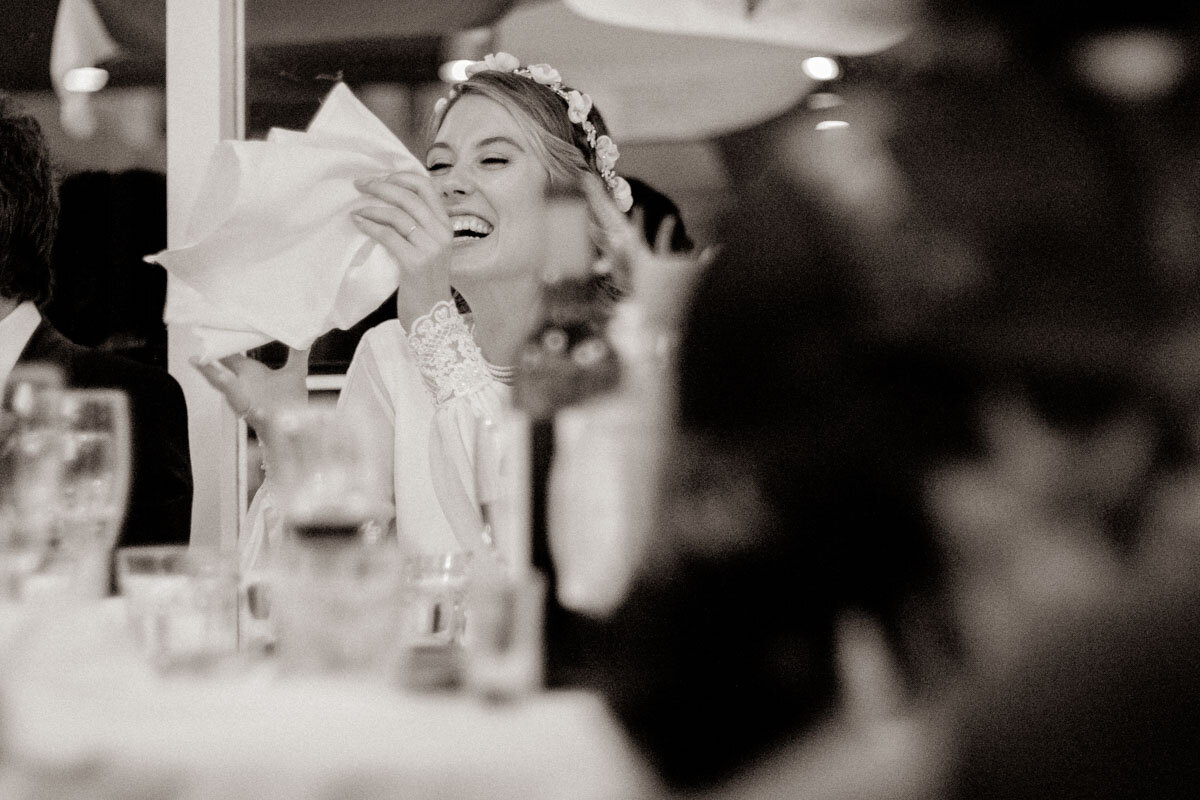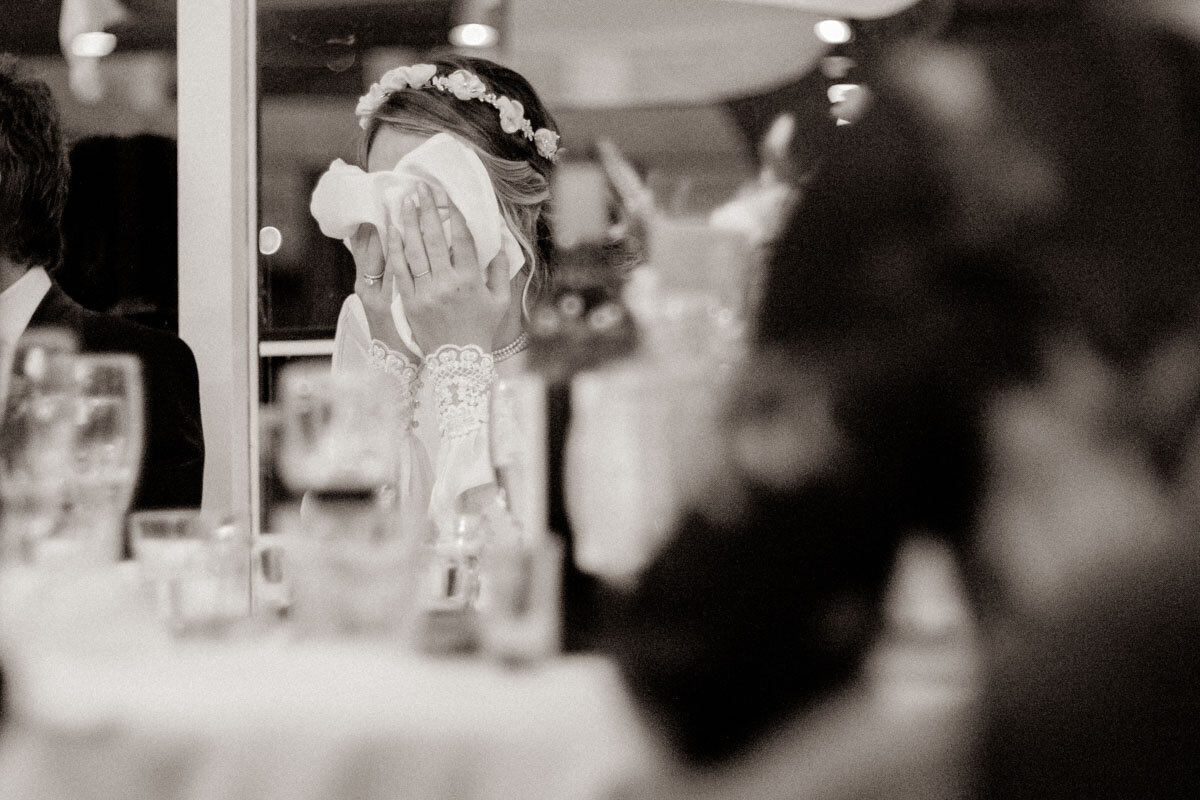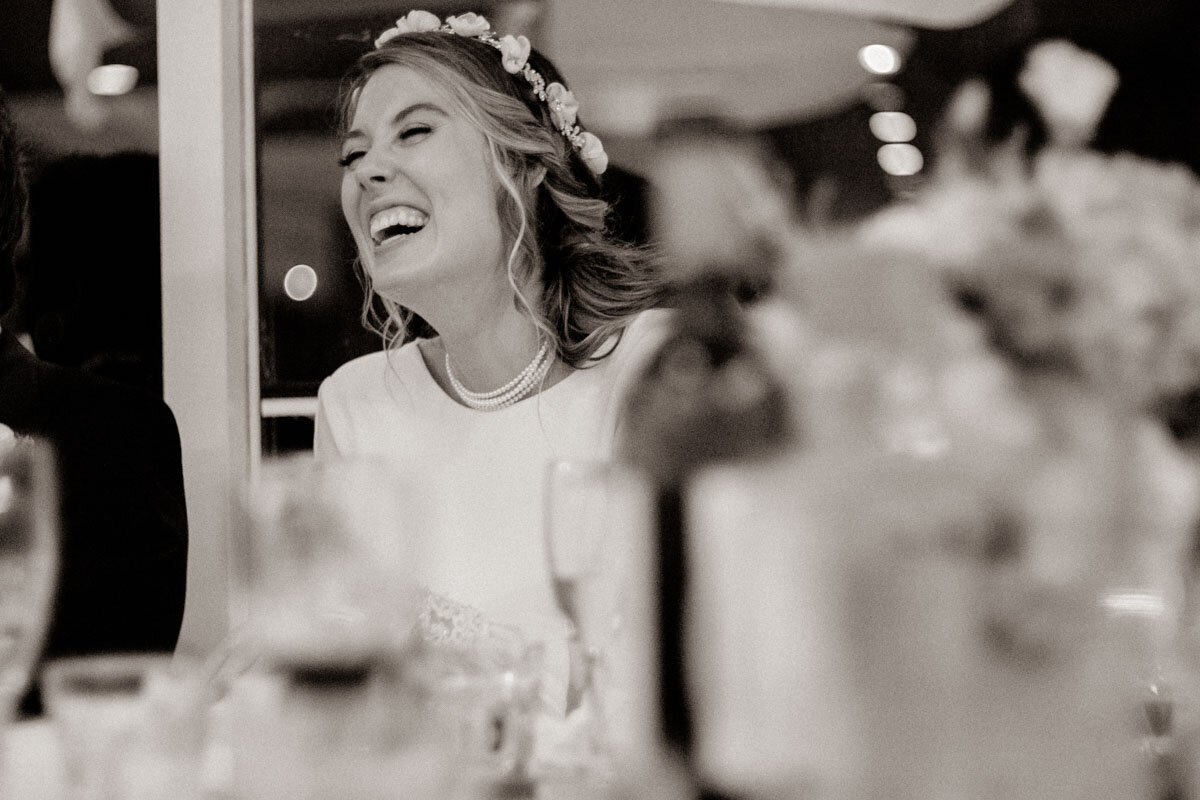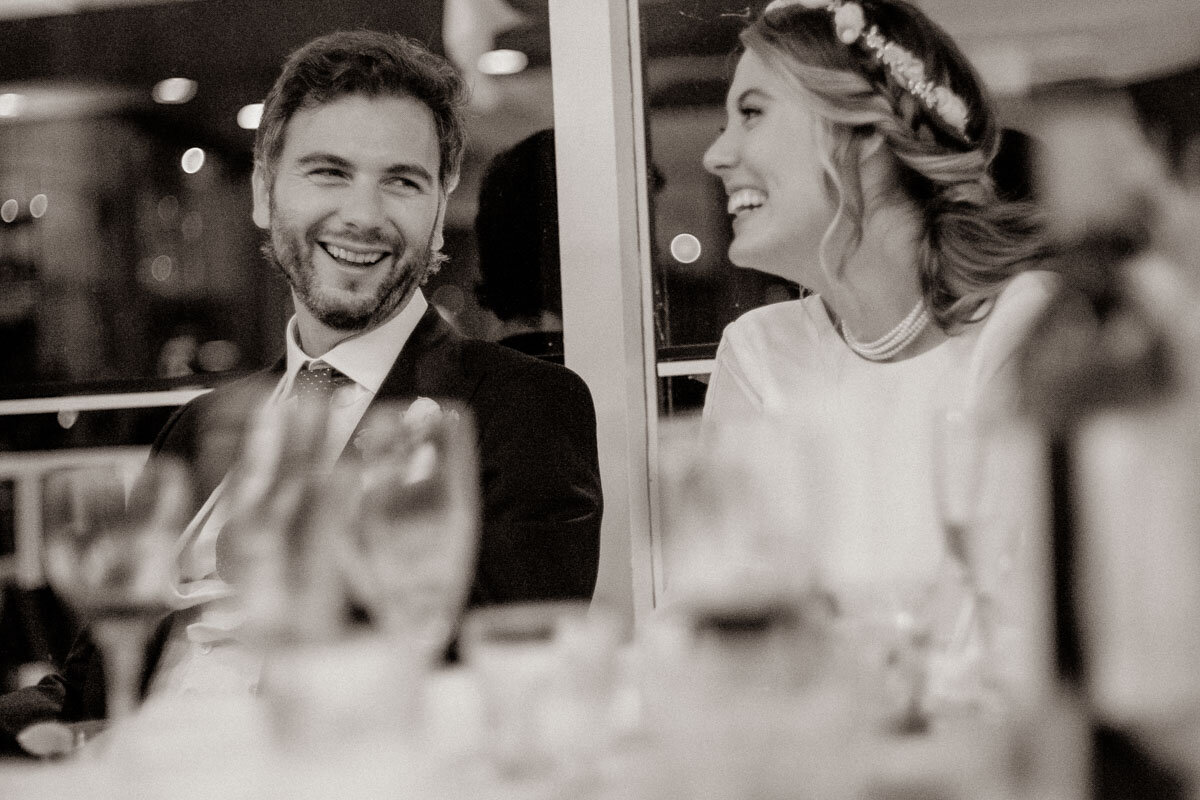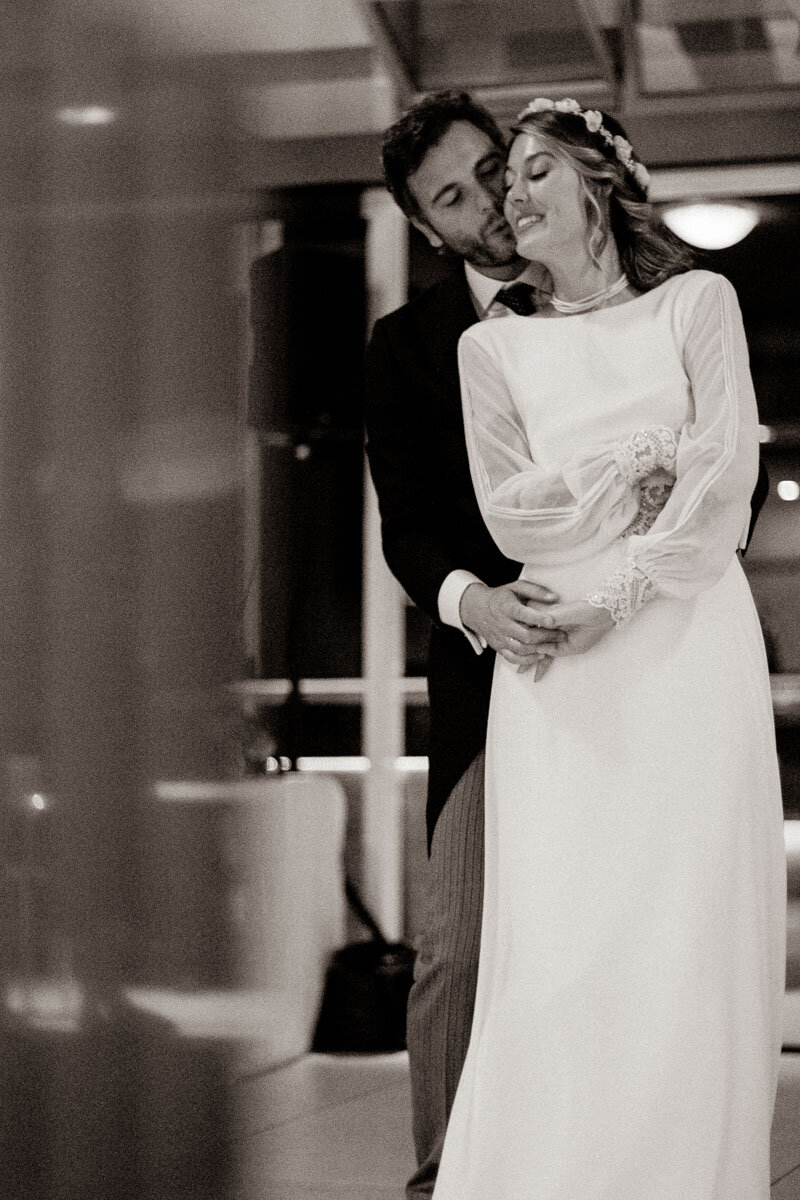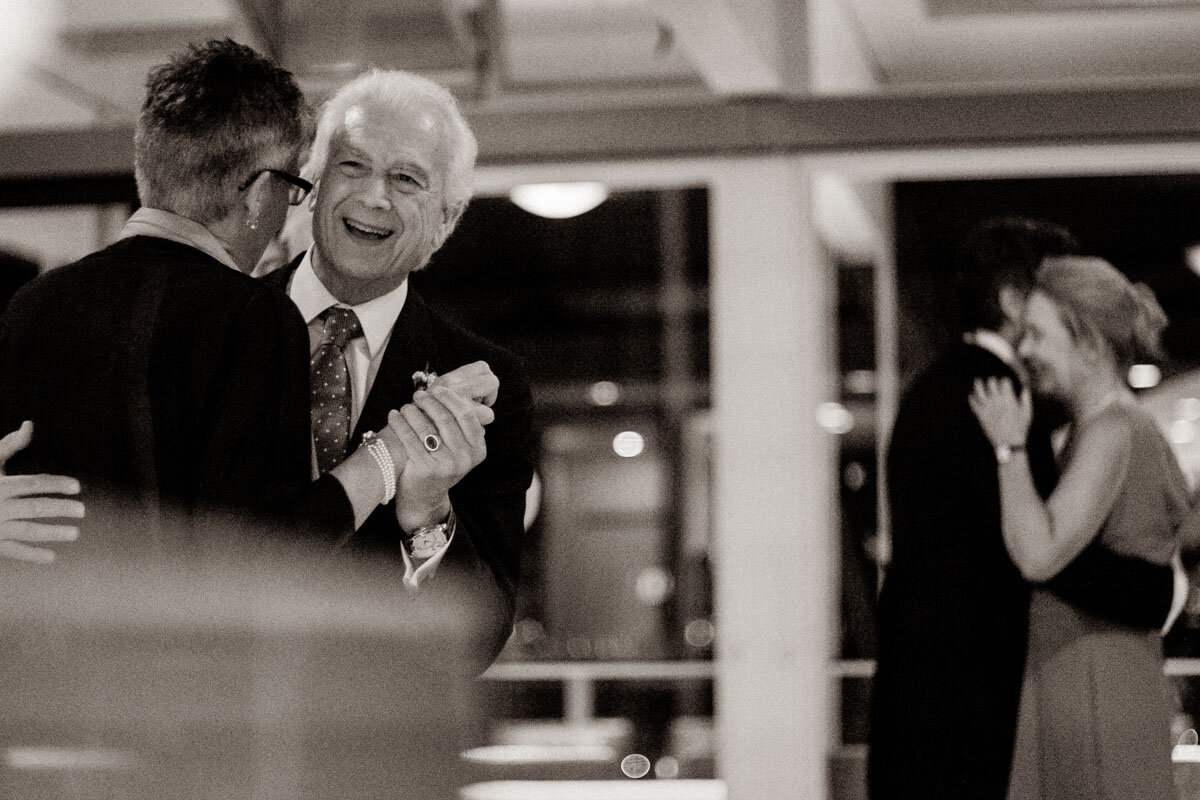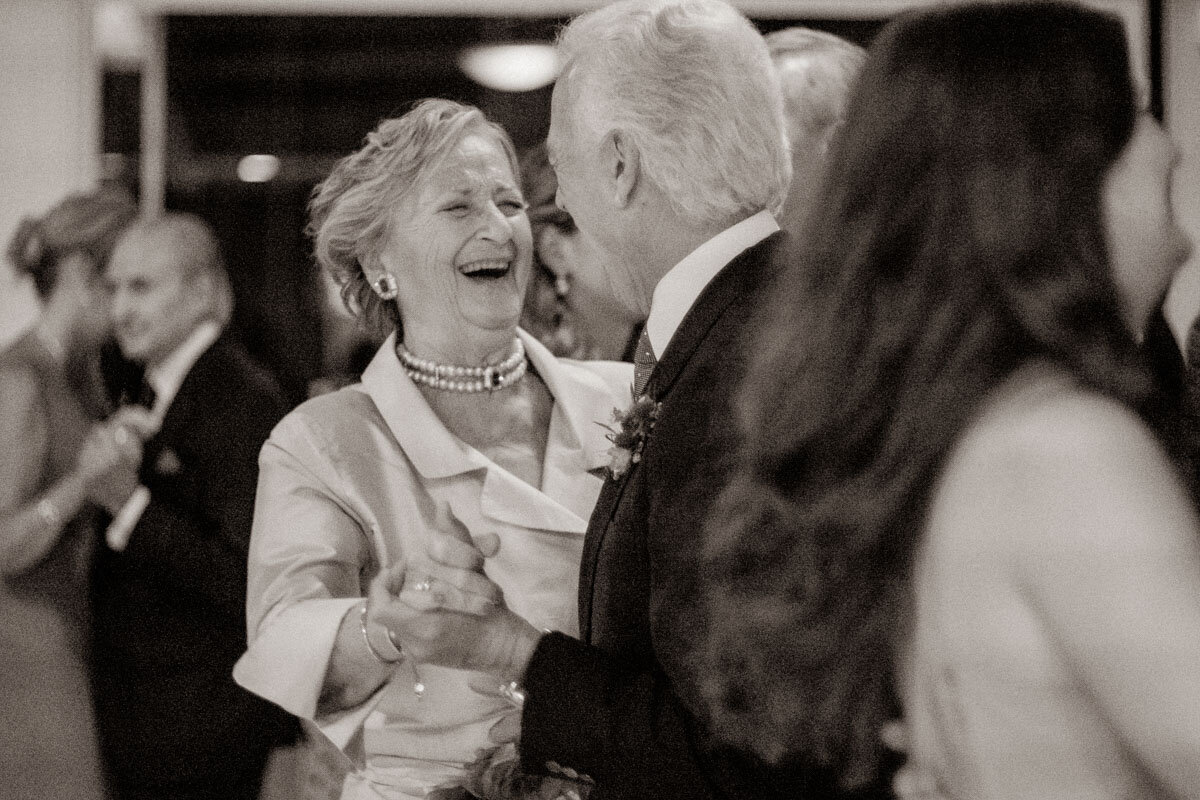The last Sunday in April has been Worldwide Pinhole Photography day going back to 2001. I was to be one of a group of photography instructors hosting a Pinhole Photography event at The City of Burnaby’s Shadbolt Centre for the Arts. This was to be in conjunction with the Capture Photographic Festival, which was established in 2013.
For prudent reasons, the in person pinhole photography event at The Shadbolt was cancelled as was all other programming, but The Capture Photography Festival maintained the festival of photography by moving and presenting exhibits online wherever they could.
In celebration of both events, I’ve put together a little blog post; a how to video and some images of past pinhole work. I hope you enjoy it, or at least are inspired to try it!
Worldwide Pinhole Photography Day
The last Sunday in April has been Worldwide Pinhole Photography day going back to 2001. I was to be one of a group of photography instructors hosting a Pinhole Photography event at The City of Burnaby’s Shadbolt Centre for the Arts. This was to be in conjunction with the Capture Photographic Festival, which was established in 2013.
For prudent reasons, the in person pinhole photography event at The Shadbolt was cancelled as was all other programming, but The Capture Photography Festival maintained the festival of photography by moving and presenting exhibits online wherever they could.
In celebration of both events, I’ve put together a little blog post; a how to video and some images of past pinhole work. I hope you enjoy it, or at least are inspired to try it!



























